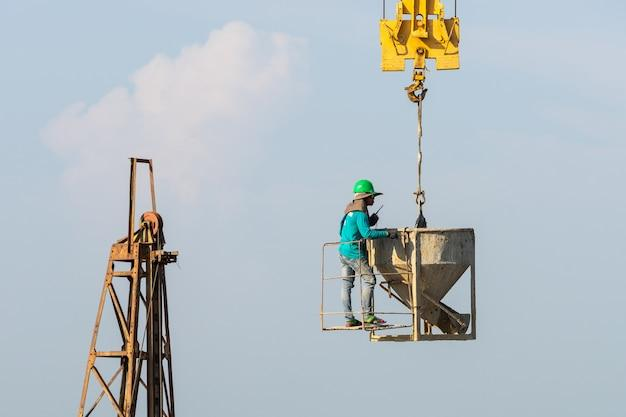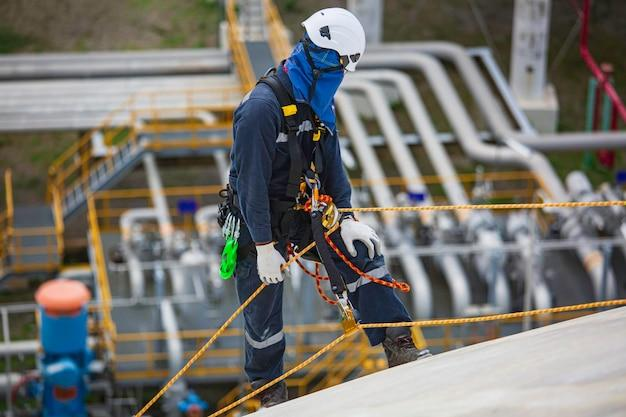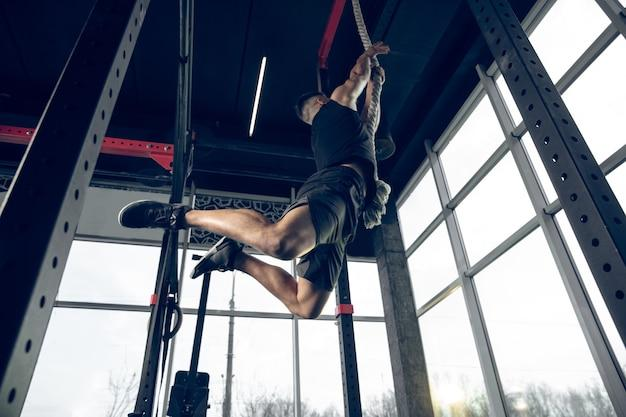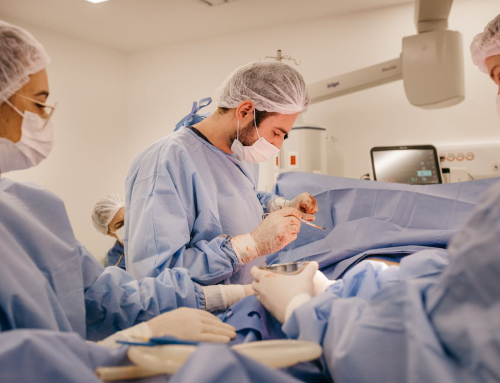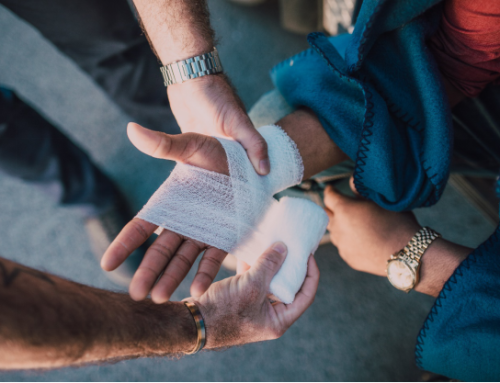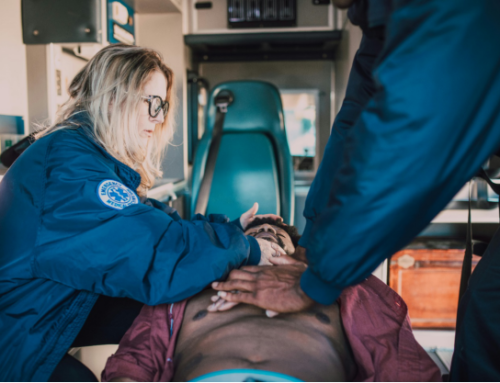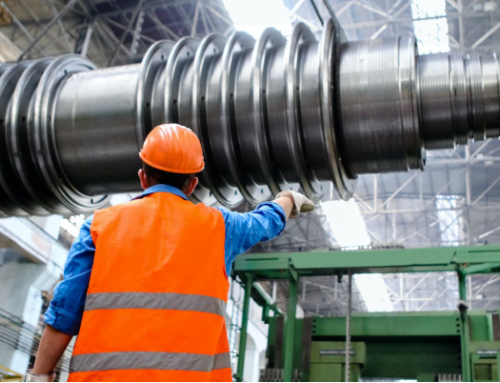Aerial lifts are powerful tools that allow workers to perform tasks at heights safely and efficiently. However, despite their many benefits, aerial lifts can pose significant hazards to workers, particularly when fall protection measures need to be properly implemented. According to recent statistics from the Occupational Safety and Health Administration (OSHA), falls from aerial lifts are a leading cause of death and serious injury in the workplace. Aerial lift hazards are responsible for a significant portion of workplace fatalities, including those in the construction industry.
In 2022, 34% of all fatal falls in construction involved aerial lifts, and falls from heights are the number one cause of workplace fatalities overall. That’s why workers must receive proper training and equipment to avoid potential aerial lift hazards and reduce the risk of falls. In this blog, we will explore the potential hazards associated with aerial lifts and discuss how workers can prevent them using fall protection training and courses.
Common Aerial Lift Hazards
Aerial lifts, also known as elevated work platforms, are commonly used in various industries to perform tasks at heights. However, they also pose several hazards that workers need protection from. Here are some of the most common aerial lift hazards:
- Falls:Workers may fall from the elevated platform due to various reasons, such as unstable ground, overreaching, or not using proper fall protection equipment.
- Tip-overs: Aerial lifts can tip over if the surface is uneven, overloaded, or if the operator makes sudden movements.
- Electrocution: Workers can be electrocuted if they accidentally touch power lines or other electrical sources.
- Struck-by objects: Workers may be struck by falling objects or equipment, such as tools or materials.
- Entanglement:Workers may become entangled in the lift’s moving parts or equipment, such as the platform’s guardrails or harnesses.
- Carbon Monoxide Poisoning:Aerial lifts powered by internal combustion engines can emit carbon monoxide, which can cause poisoning if the lift is used in poorly ventilated areas.
- Collisions:Workers may collide with other objects or vehicles if they do not properly control the lift’s movement or if there are obstructions in their path.
- Overturning:Aerial lifts can tip over if overloaded or not set up on stable ground. Overturning can result in serious injury or death.
- Entrapment:Workers can become trapped or caught in the lift basket, causing injury or death.
- Equipment Malfunctions: If aerial lifts are not properly maintained, they can malfunction, leading to serious accidents.
- Weather Conditions: High winds, heavy rain, and other adverse weather conditions can make aerial lift operations dangerous.
How to Prevent Common Aerial Lift Hazards?
Workers must be properly trained and equipped with the right safety measures to prevent common aerial life hazards. Here are some ways to avoid potential risks when working with aerial lifts:
- Fall Protection:
Falls from aerial lifts are a leading cause of workplace fatalities. That’s why fall protection measures, such as fall protection inspection training, fall arrest training, fall protection safety plans, and fall protection courses, are critical to ensuring worker safety when working at heights with aerial lifts. Workers should be trained to use appropriate fall protection equipment, such as safety harnesses and lanyards, and to ensure that equipment is inspected regularly and in good working condition.
● Proper Use of Equipment
Workers should be trained to use and operate aerial lifts properly. This includes following manufacturer guidelines and safety instructions for specific models of lifts. Workers should also be trained to inspect equipment before each use to ensure that it is in good working condition and that all safety features are in place.
● Communication
Clear communication between workers and operators is essential to prevent accidents. Workers should be trained to communicate with operators before moving an aerial lift or making any adjustments. Additionally, workers should be trained to signal to the operator when they need to descend or in an emergency.
● Confined Spaces
Some aerial lifts are designed for confined spaces. Confined space training is critical to ensuring worker safety in these situations. Workers should be trained to ventilate confined spaces properly, use personal protective equipment, and follow all safety procedures when working in these environments.
● Emergency Preparedness
Workers should be trained to respond quickly and appropriately in an emergency. Occupational First Aid courses and training can provide workers with the skills and knowledge needed to respond to emergencies, including performing CPR, administering first aid, and stabilizing injured workers.
Looking for More Information About Training?
Metro Safety Training offers safety training courses for individuals and businesses. Our first aid courses cover CPR, emergency first aid, standard first aid, and advanced first aid. We aim to equip individuals with the knowledge and skills to assist in an emergency immediately. Our workplace safety courses cover fall protection, confined space training, WHMIS, and fire safety. We strive to help individuals and businesses comply with safety regulations and create a safe work environment.
We also offer custom training programs tailored to meet the specific needs of individual businesses or industries. Our experienced instructors use a combination of classroom instruction and hands-on training to provide our clients with practical, relevant, and effective safety training.
Our mission is to promote workplace safety and provide high-quality safety training programs to individuals and businesses throughout Canada. Get in touch today to learn more about our training programs and how we can help you promote workplace safety.


